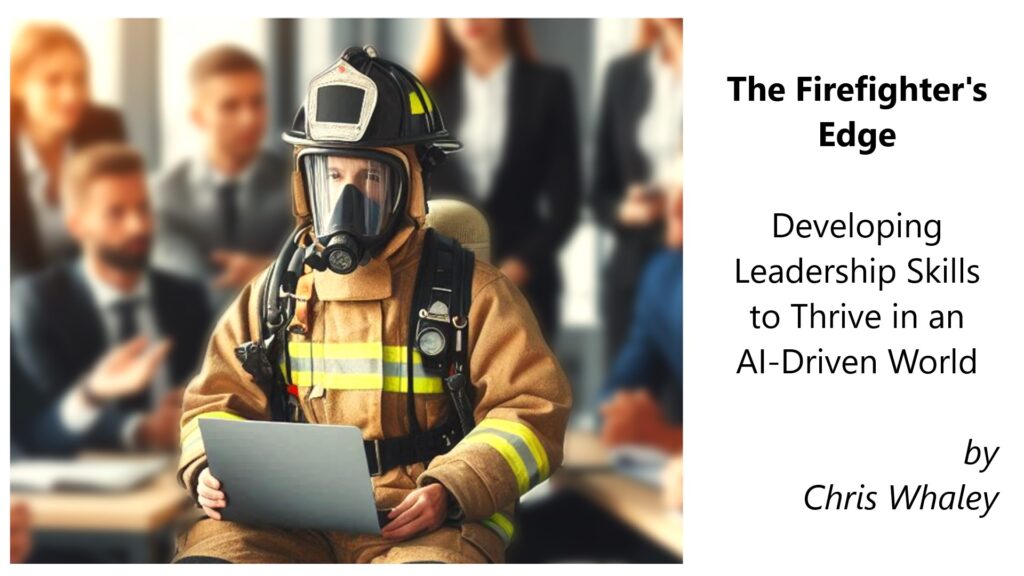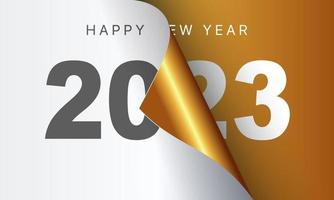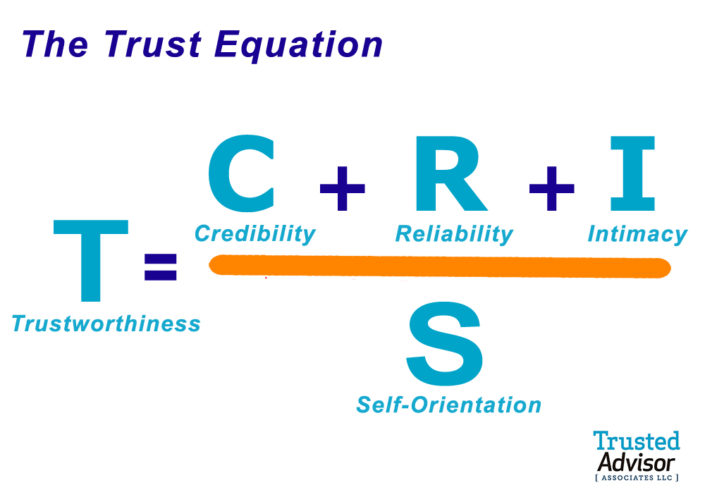
This is the second in a series of articles building on my experiences as a volunteer firefighter nearly 30 years ago. Over time, I’ve seen how the fire service systematically builds critical skills like adaptability – skills that are just as valuable in today’s corporate world. Though centuries old, these core firefighter traits are essential for anyone who wants to stand out in an AI-driven era.
Why Adaptability and Resilience Matter More Than Ever
In a world where AI, automation, and market disruptions are changing the business landscape faster than ever, adaptability has become the key competitive advantage. Organizations that can pivot, adjust strategies, and embrace change will outperform those that cling to rigid, siloed structures. Agility is more than just reacting quickly. It’s about anticipating change, preparing for it, and building a resilient workforce that can navigate uncertainty.
In the same way, firefighters face unpredictable, high-stakes situations every day. They don’t know what their next shift or even call will bring. Yet, they operate with calm precision, adapting in real time while staying aligned with their mission. Firefighters train for adaptability through cross-functional skills, rapid decision-making, and a command structure that allows them to respond efficiently without micromanagement. This ability to blend structure with flexibility offers valuable lessons for businesses navigating uncertainty.
The Fire Service and the Power of the Incident Command System (ICS)
The fire service balances a traditional hierarchical structure with on-the-fly adaptability using the Incident Command System (ICS). ICS is a scalable, flexible framework that ensures firefighters can coordinate seamlessly, even in complex, multi-agency emergencies.
For example, while I was a volunteer firefighter our department responded to help a neighboring district. They had a major crash on the interstate involving a burning fuel tanker and other vehicles. Their senior leader on scene acted as the IC (Incident Commander) and had to oversee a lot of activities under severe time pressure:
- Assign leaders to oversee fire suppression, water supply, and firefighter rotations.
- Coordinate multiple agencies, from highway patrol and EMS to environmental response teams.
- Adapt in real time as new risks emerge, from shifting winds to water supply issues and hazardous runoff.
The ICS allows information to flow efficiently, ensuring decisions are made at the right level while maintaining overall strategic alignment. The IC doesn’t micromanage tactics! Frontline crews are empowered to make rapid decisions based on their expertise and the evolving situation. This balance of structure and autonomy keeps operations efficient, even in chaotic conditions.
Businesses can learn from this model. Instead of rigid hierarchies that slow down decision-making, organizations should empower teams, create clear communication pathways, and foster decentralized leadership that allows adaptation at every level.
How Businesses Can Build Adaptable, Resilient Organizations
To stay competitive in a rapidly changing market, companies must rethink how they operate. Here are three ways businesses can implement adaptability at scale:
- Embrace Agile Leadership – Just as firefighters rely on ICS for flexibility within structure, businesses need leaders who empower teams rather than dictate every decision. Encourage cross-functional collaboration and allow employees to take ownership of solutions.
- Develop Cross-Trained, Resilient Teams – Firefighters train for a wide range of scenarios so they can step into different roles as needed. Businesses should invest in progressive learning, job rotations, and upskilling programs that prepare employees for rapid industry shifts.
- Foster a Culture of Continuous Adaptation – Firefighters expect change and train for it. Organizations that embed adaptability into their culture, through scenario planning, regular debriefs, and real-time feedback loops, will be better positioned to pivot when disruption hits.
How are you building agility and resilience in your organization? Share your experiences in the comments—I’d love to hear your insights!
About the author, Chris Whaley
For over 20 years I worked in corporate roles in knowledge engineering, business transformation, organizational effectiveness, and human resources before starting my HR and project management consulting practice https://escapetoexpand.com. But before all that, when starting my master’s degree in industrial engineering, I began a nearly decade-long affiliation with my local volunteer fire department. During that time, I progressed being a firefighter, safety officer, emergency medical first responder, rescue diver, and eventually assistant chief and board of director’s member. In retrospect, I see how the fire service organizational system instilled key leadership skills in myself and others. And these are the same skills that are most needed in today’s AI-driven business world.








